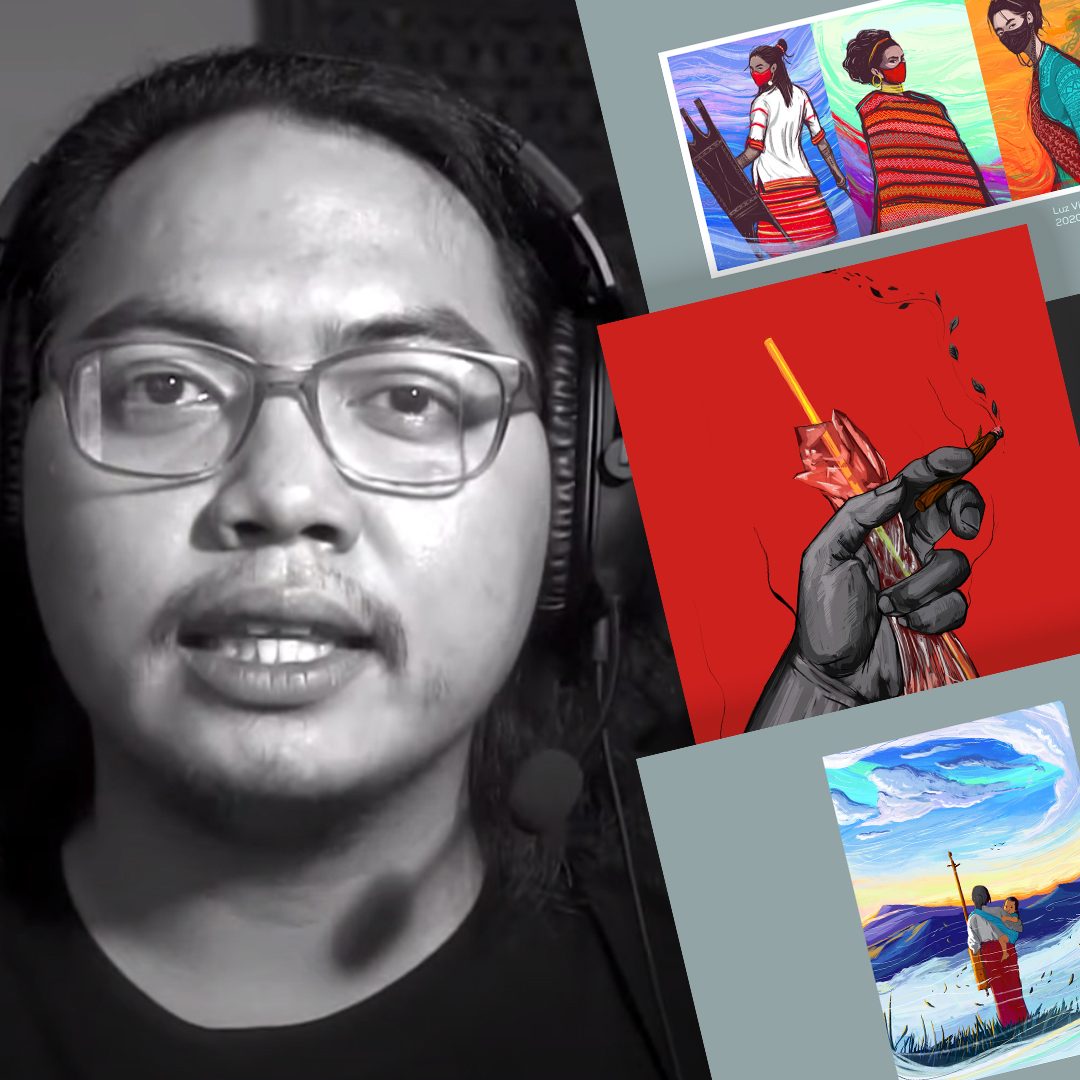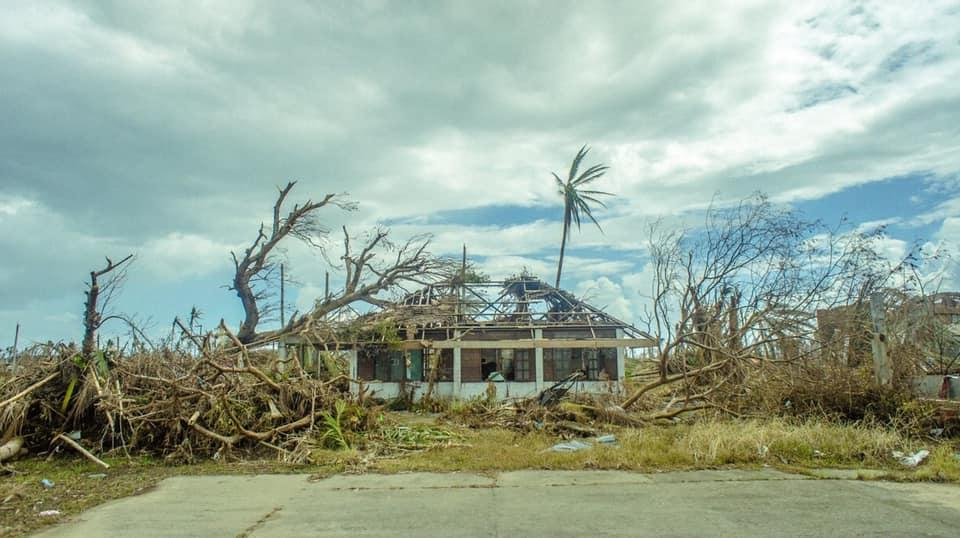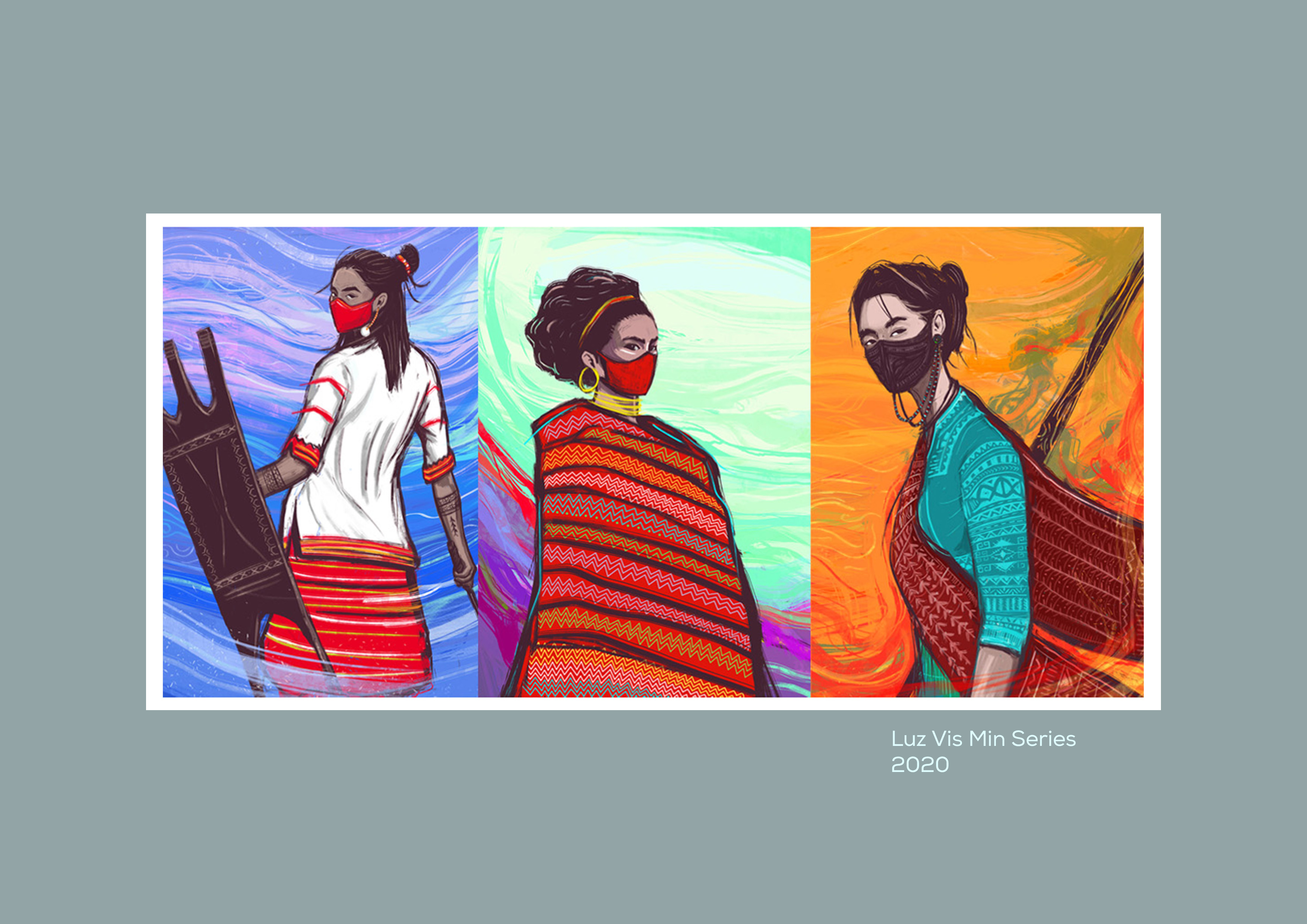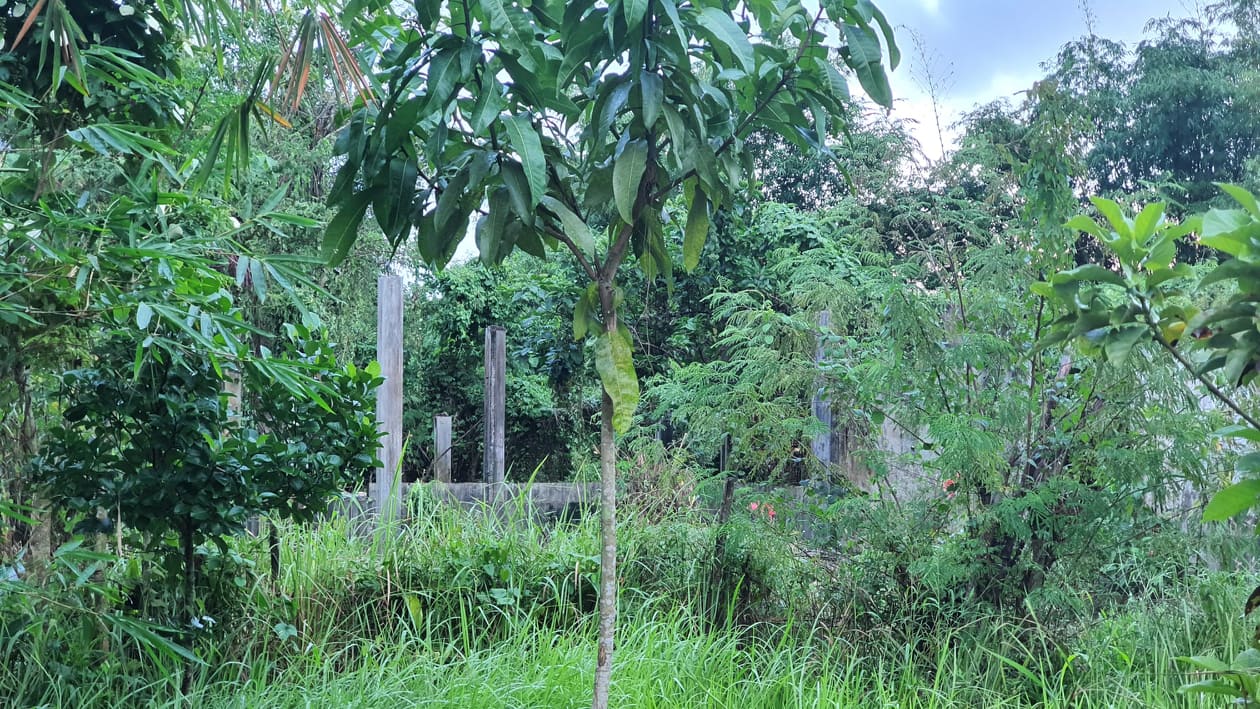SUMMARY
This is AI generated summarization, which may have errors. For context, always refer to the full article.

Eight years after his hometown was ravaged by Super Typhoon Yolanda, Bricx Martillo Dumas won first place in the global art competition for COP26 – the summit where nations negotiate plans to prevent another Yolanda-like disaster.
Out of the 208 works submitted to the DigitalArt4Climate competition, Dumas’ piece emerged on top on Sunday, November 14 – and was the only Southeast Asian work among the finalists.
Funnily enough, Dumas clarified that he only joined for the sake of joining, and realized the weight of the event only when a friend said COP26 was almost eponymous with Greta Thunberg, the famous Swedish climate activist.
“Hindi ako mahilig sa pera. Sumali lang ako bigla (I’m not fond of money. I just joined out of nowhere),” Dumas, when asked about his motivation to join, told Rappler.
Regardless, Dumas’ and advocacy for the environment actually goes way back, starting with his childhood in Leyte.
Growing up in Palo
Hailing from Palo, Leyte, Dumas grew up in a family that loved outdoor activities. His childhood was the typical probinsyano one, climbing trees and swimming in the beach that was just outside their house.
Dumas started his love for art by drawing cartoons and fan art of Ghost Fighter and World of Warcraft characters. Among his heroes were Filipino masters like Fernando Amorsolo and Botong Francisco, as well as Inquirer cartoonist Gilbert Daroy. In fact, he attributes his approach to ink work to Daroy.
The wrath of Yolanda
In 2013, when Super Typhoon Yolanda hit the Philippines, striking the Visayas region very hard, Dumas likened it to “the end of the world.”
Since then, Yolanda continues to be a cautionary tale for the Philippines and other developing nations most vulnerable to climate change.

He told Rappler, “‘Yung appreciation sa environment nagsimula kasi nung kabataan pa lang. Tapos noong dumaan nga ‘yung Yolanda, parang nakita mo na ito ‘yung pinaglalaruan namin dati tapos biglang naging ‘end of the world’ kumabaga.”
(The appreciation for the environment has always been there since childhood. And then when Yolanda hit, we saw that the places we used to play in before were now places that looked like the “end of the world.”)
Art, nature, and the Filipino identity
Asked to describe his art style, Dumas says he mostly uses bold strokes and primary colors.
He’s hesitant to declare that he has a style of his own, though he has stayed away from realism and mimicking other artists’ styles.
Interested in the patterns of Philippine textiles, Dumas adds that he gets inspiration from the communities and tribespeople he’s met throughout his life.
He recounts the time he literally ran into a Lumad protest organized in UP Diliman. The issues he ended up learning at the event, about the plight of indigenous peoples and the environment, had been unfamiliar to him prior.
“May mga ganitong kwento pala (I realized there were stories like these),” he said.
Dumas said that before, he had a superficial understanding of indigenous issues, unaware of the people’s complex history of being exploited. The environment, and his fascination with what he calls “mga kuwentong hindi nakukuwento” or untold stories, thus continuted to fuel his passion in art.
Since the pandemic, however, Dumas has turned more to digital art, as he is not able to take photos of his trips to mountains.

A ‘humanity challenged by climate change’
Even before he won the art competition, Dumas’ Nexus had already been all over social media.
In Nexus, a hand holds a plastic bag in the shape of a fish tail. The bag is impaled by a yellow plastic straw. A cigarette hangs between two fingers, leaf-shaped ash ribboning upwards.

Dumas shares that the piece was partly inspired by a trip to Mindanao before the pandemic, when he saw a plastic bag and ice vending machine.
Dumas spent one week conceptualizing the winning entry, and two weeks working on it. On a base level, the piece talks about plastic pollution, but on a deeper level, the work pertains to the everyday consumption that leads to nature’s destruction, a consumption almost as mindless and automatic as a vending machine.
“Wala namang tayong better solutions if nag-f-feed ‘yung companies ng plastic sa atin,” he said.
(We will not have better solutions if companies keep feeding us plastic.)
Global warming has always been attributed to huge companies and developed nations emitting large carbon emissions. But even in international summits like COP26, asking for accountability, urgency, and climate action is hard. In the recently concluded summit, COP26 President Alok Sharma fought back tears over the “watered down” version of the finalized deal.
Post-COP, Dumas believes action would determine the course of the planet more than the promises made.
And eight years after Yolanda, he hopes that Palo would become “livable” again, planning to visit the mangrove areas there when he comes back to his hometown soon.

Add a comment
How does this make you feel?





There are no comments yet. Add your comment to start the conversation.